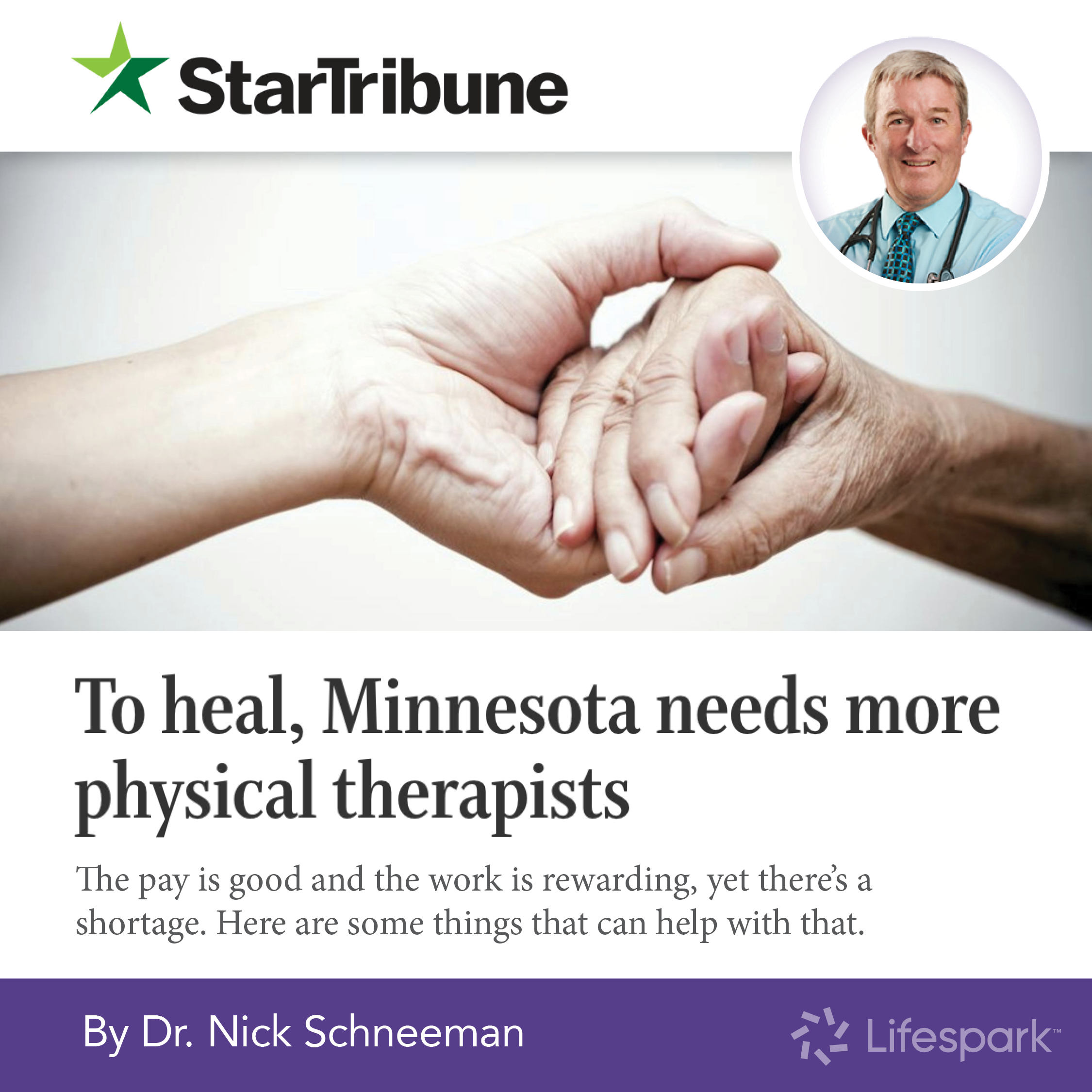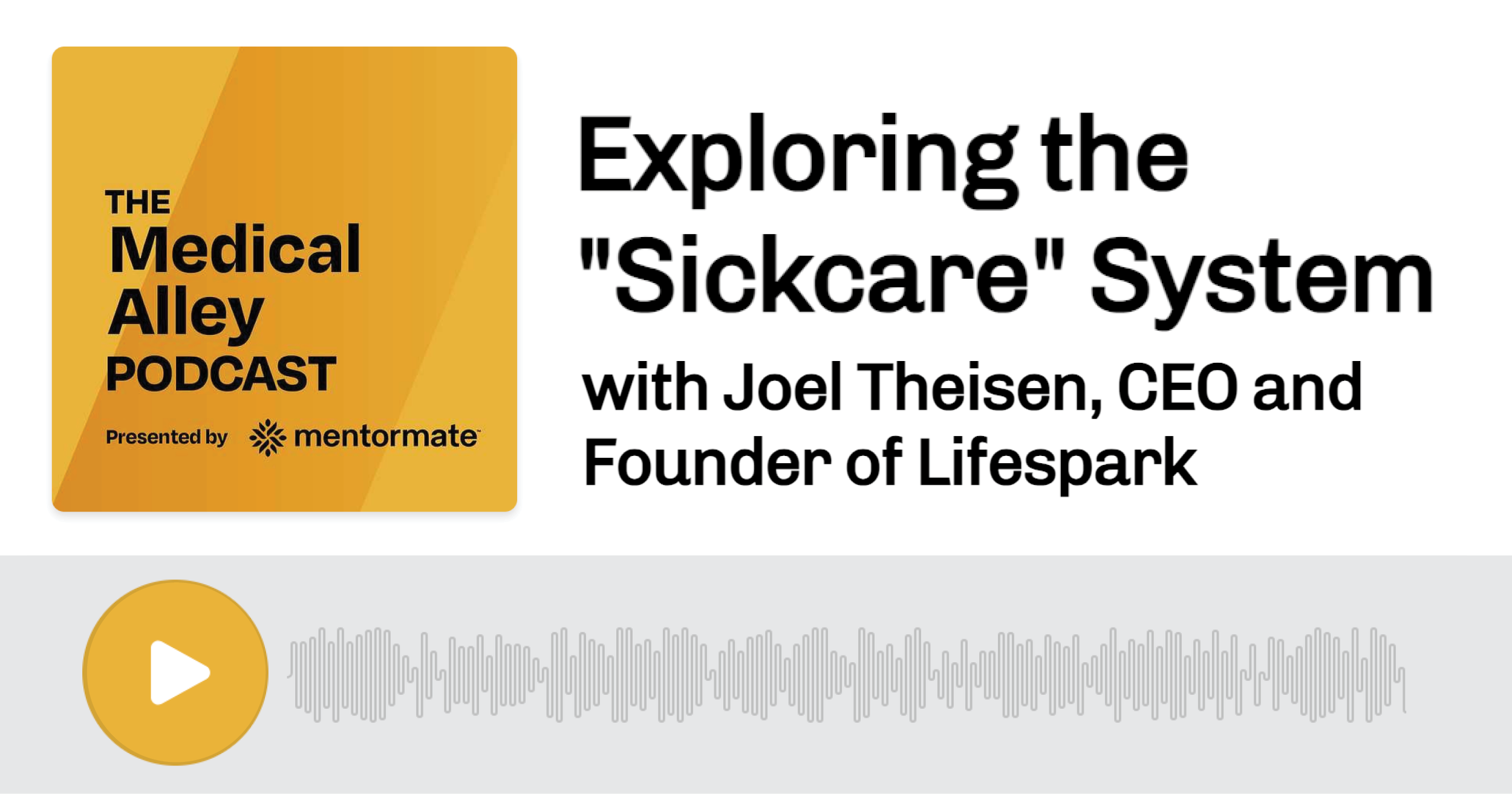
There’s a lot of pioneering work being done right here in Minnesota to reach quadruple aim – better care, better health, reduced cost, and improved engagement. One area posing the greatest opportunities for supporting these efforts starts at the beginning of a seniors’ health journey with primary care in the community where seniors live and play. Senior living campuses provide an emerging frontier for health systems and providers looking to stake a strong claim in the value-based payment world. And if they’re not, they should be – this is where the seeds of true population health can take hold.
The reasons why are explained in an in-depth report just released by Senior Housing News on ‘The Primary Care Opportunity in Senior Living,’ where they say ‘with the growth of value-based care, through Medicare Advantage plans, everyone involved in the care journey for seniors is getting preemptive. The result: a new focus on primary care.’
Lifespark is among three Minnesota senior care companies featured in this national report as thought-leaders already realizing the full benefits of providing primary care services to seniors wherever they live in an effort to reduce rehospitalization and improve health outcomes before the ‘roller coaster of health crises’ even begin.
National Decline in Primary Care
Nationally primary care visits are declining. It’s not because peopl e are getting healthier, in fact, half of Americans have at least one chronic condition and more than two-thirds of Medicare patients have two or more. People with chronic conditions need more preventive and proactive care to avert disease progression and easier access to their primary care instead of repeatedly going to the emergency room.
e are getting healthier, in fact, half of Americans have at least one chronic condition and more than two-thirds of Medicare patients have two or more. People with chronic conditions need more preventive and proactive care to avert disease progression and easier access to their primary care instead of repeatedly going to the emergency room.
These factors are part of the reason we launched Lifespark Health, an on-site whole person primary care service that integrates with ongoing life care services to address life goals, including social determinants of health, as well as health goals. Lifespark Health currently serves three SilverCrest campuses – Parkshore, Summit Place, and Village Shores – where Lifespark also provides its proactive life care services to their residents.
“We are seeing health outcomes change in significant ways,” said Cathy Lauring, APRN, CNP, Vice President, Lifespark Health. “People want to have a relationship with their primary care provider, but often, especially with seniors, it’s challenging for them to get to their appointments, know the right questions, and have everything they need under one roof to get them back on track toward wellbeing. Through the integration of our on-site primary care and life care services that’s exactly what we are doing for seniors without them having to go anywhere, supporting their life goals, not just health.”
As we think about the best ways to achieve quadruple aim within senior populations, primary care holds a valuable place in creating a better experience right from the start; primary care providers are often the first health touchpoint. “We have to eliminate the current fragmented, siloed system that creates gaps in care as seniors are referred to more specialists and replace it with a true population health model that transitions from fee-for-service to a value-based payment world and delivers a better experience and improved outcomes for seniors and families,” said Joel Theisen, RN, CEO of Lifespark.
Client Stories Demonstrate Improved Health Outcomes
Take Ruthie for example. At 93 with moderate dementia, Ruthie fell and broke her pelvis. Normally she would have been rushed away in an ambulance to the ER, waiting long hours for x-rays, several layers of testing, and potentially a hospital stay. Add to that more appointments several days afterwards to fix the problem. But because Lifespark Health was on campus, she was able to immediately connect with her Lifespark primary care practitioner on-site who ordered on-site x-rays, diagnosed the fracture, communicated to family members, and developed a care plan with Ruthie’s Life Care manager, a registered nurse. The plan which included Lifespark Home Health for rehabilitation, pain management for her fracture, increased caregiving temporarily while she recuperates all took shape while Ruthie headed off to lunch with friends mere hours later without ever leaving her building. This one experience saved her nearly $65,000 and kept her right where she wanted to be without exacerbating her level of confusion. She’s not an anomaly either; hundreds of seniors through Lifespark Health are experiencing similar results.
Primary care has great potential to lower healthcare spend overall. We know that fee-for-service health care costs $3.3 trillion – 18% of the GDP, without making people healthier – imagine if we focus on wellbeing, rather than reactive care, what that would do to the GDP and more importantly seniors’ lives? More effective primary care could save emergency room departments an estimated $8.3 billion annually; and of the 24 million visits to the ER by people with chronic conditions in 2017, 4.3 million were potentially avoidable.
What’s important to note though is that not every community-based primary care option sees these types of results. “I’ve delivered primary care in traditional, reactive, medically-driven settings where I wanted to do more but wasn’t able to,” said Cathy. “I’ve learned there are many life challenges that have nothing to do with medical issues and yet affect wellbeing. A whole person approach puts the focus on the full spectrum of support needed by seniors and its’ why we’ve seen the results we have. It makes all the difference.”
In the report Joel said, “Many senior housing providers want to be a lifestyle, end-to-end offering, they want to have people age in place. And by not getting on board with primary care, I think it’s virtually impossible.”
We want to hear your perspective; do you think primary care can support quadruple aim efforts? Share your examples!





